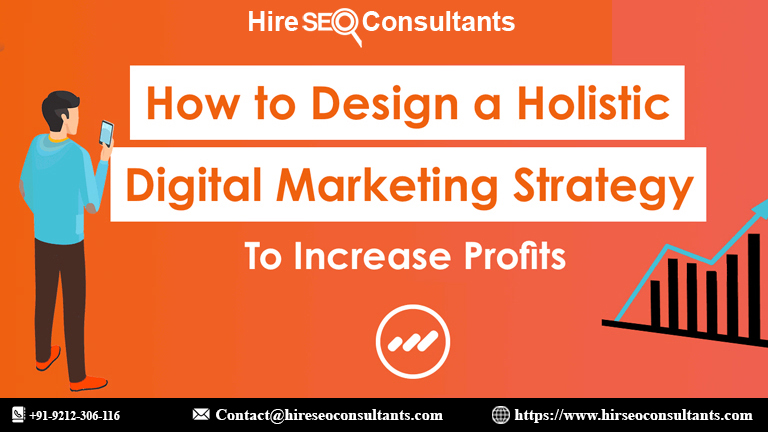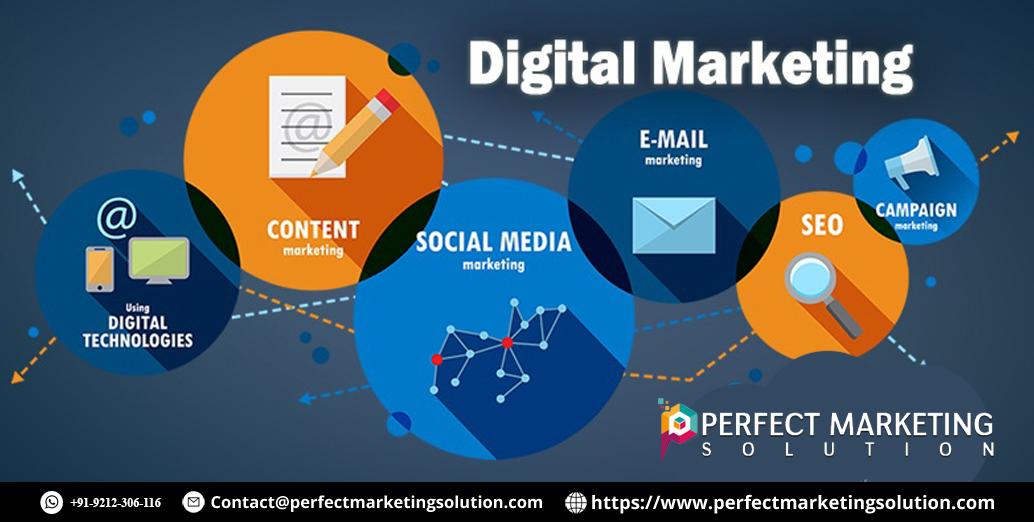Global Accessibility Awareness Day (GAAD) is a momentous occasion aimed at promoting awareness around digital accessibility and inclusion for people with disabilities. Every year, this event brings to light the importance of creating digital experiences that everyone can access and enjoy, regardless of their abilities. The celebration of GAAD serves as a powerful reminder to businesses, web developers, and digital marketers about their responsibility to prioritize accessibility. In a world where the internet plays a crucial role in daily life, ensuring that people of all abilities can access digital content is more important than ever.
The essence of Global Accessibility Awareness Day lies in the drive to ensure that the digital world becomes more inclusive. This day, which is observed annually on the third Thursday of May, was born out of a simple tweet in 2011. The tweet, posted by web developer Joe Devon, called attention to the lack of resources on accessibility and inspired co-founder Jennison Asuncion to bring the idea to life. Since then, GAAD has become a global movement that raises awareness about the importance of digital accessibility.
Digital accessibility refers to designing websites, applications, and other digital platforms to accommodate people with various disabilities, such as visual, auditory, cognitive, and physical impairments. With over one billion people worldwide experiencing some form of disability, ensuring that digital content is accessible to everyone is not only a matter of inclusion but also a legal and moral responsibility.
The Importance of Digital Accessibility for Businesses
In today’s digital age, businesses must recognize the value of digital accessibility. An accessible website not only opens doors to a broader audience but also fosters a positive brand image and reputation. By making websites and digital content accessible to all, businesses can create a more inclusive and welcoming environment for users.
Accessibility improves the user experience for everyone, including those without disabilities. For example, captions on videos can help people in noisy environments, while keyboard navigation benefits users who may prefer it to a mouse. In this way, creating an accessible website benefits a wide range of users, making it a smart investment for businesses.
In addition to improving the user experience, accessibility also has a significant impact on search engine optimization (SEO). Search engines like Google prioritize websites that are user-friendly and accessible. Ensuring your website meets accessibility guidelines can improve its SEO ranking, helping you reach a wider audience.
Building an Inclusive Digital Space Through Accessibility
Creating an inclusive digital space involves more than just complying with legal requirements. It’s about fostering a sense of belonging for everyone who interacts with your website or digital content. By prioritizing accessibility, you ensure that users with disabilities can navigate your site with ease, access important information, and engage with your brand.
There are several key elements to focus on when building an accessible website. One important aspect is ensuring that your website is compatible with screen readers, which are used by individuals with visual impairments. This involves creating text alternatives for images and multimedia, as well as ensuring that your website’s structure is clear and logical.
Another crucial element is providing captions and transcripts for multimedia content, such as videos and podcasts. This ensures that individuals with hearing impairments can access the information being presented. Keyboard navigation is also vital for users with physical disabilities who may have difficulty using a mouse.
By incorporating these accessibility features, businesses can create a more welcoming and inclusive digital environment that reflects their commitment to diversity and inclusion.
Accessibility: A Legal and Ethical Obligation
In many countries, digital accessibility is not just a best practice—it’s a legal requirement. Various laws and regulations have been established to ensure that people with disabilities have equal access to digital content. In the United States, for example, the Americans with Disabilities Act (ADA) requires that businesses provide accessible websites and services. Similarly, the European Union’s Web Accessibility Directive mandates that public sector websites and mobile apps meet accessibility standards.
Failure to comply with these regulations can result in legal consequences, including lawsuits and fines. However, beyond the legal implications, ensuring digital accessibility is an ethical responsibility. As a society, we have a duty to ensure that everyone can participate fully in the digital world, regardless of their abilities.
By making your website accessible, you demonstrate your commitment to inclusivity and social responsibility. It’s a powerful statement that shows you value all of your users and want to create a positive experience for everyone.
The Role of Developers and Designers in Promoting Accessibility
Web developers and designers play a pivotal role in ensuring digital accessibility. As the creators of websites and digital content, they have the power to design experiences that are inclusive and user-friendly for people with disabilities. By following accessibility guidelines and best practices, developers can make a significant impact on the lives of users with disabilities.
One way developers can promote accessibility is by adhering to the Web Content Accessibility Guidelines (WCAG), which provide a comprehensive set of standards for creating accessible digital content. These guidelines cover a wide range of accessibility issues, from text alternatives for images to color contrast and keyboard navigation.
Designers also have a crucial role to play in promoting accessibility. By considering the needs of users with disabilities during the design process, they can create layouts and interfaces that are easy to navigate and understand. For example, designers can use high-contrast colors to make text more readable for individuals with visual impairments or design intuitive navigation menus that are easy to use with a keyboard.
Why GAAD Matters for the Future of Digital Inclusion
Global Accessibility Awareness Day serves as a powerful reminder of the importance of digital inclusion. As technology continues to evolve, it’s crucial that we prioritize accessibility in the development of new digital tools and platforms. GAAD is a call to action for businesses, developers, and designers to commit to creating a more inclusive digital future.
By celebrating GAAD, we acknowledge the progress that has been made in promoting accessibility, but we also recognize that there is still much work to be done. Many websites and digital platforms remain inaccessible to people with disabilities, and it’s up to all of us to continue advocating for change.
As we look to the future, it’s essential that businesses and organizations make accessibility a core part of their digital strategy. This means investing in accessibility training for developers and designers, conducting regular accessibility audits, and staying up-to-date with the latest accessibility guidelines and best practices.
The Role of Advocacy and Education in Promoting Accessibility
Advocacy and education are key components in promoting digital accessibility. By raising awareness about the challenges faced by people with disabilities in the digital world, we can drive meaningful change and create a more inclusive society.
Organizations and individuals can play a role in advocating for accessibility by participating in events like GAAD, sharing resources and information about accessibility, and encouraging others to prioritize accessibility in their work. Education is also critical—by providing developers, designers, and business owners with the tools and knowledge they need to create accessible websites, we can ensure that accessibility becomes the norm, rather than the exception.
Making Accessibility a Year-Round Commitment
While Global Accessibility Awareness Day is an important annual event, accessibility should be a year-round commitment. Businesses and organizations must continuously strive to improve the accessibility of their websites and digital content, ensuring that all users have a positive and inclusive experience.
Regular accessibility audits, ongoing training for developers and designers, and a commitment to staying informed about accessibility best practices are all essential components of a successful accessibility strategy. By making accessibility a priority, businesses can foster a more inclusive digital environment that benefits everyone.
Celebrating Inclusivity and Progress on Global Accessibility Awareness Day
Global Accessibility Awareness Day is a celebration of inclusivity, progress, and the ongoing effort to make the digital world accessible to all. It’s a reminder of the importance of digital accessibility and the role that businesses, developers, designers, and individuals play in creating an inclusive online experience.
By prioritizing accessibility, we create a more inclusive society where everyone, regardless of their abilities, can participate fully in the digital world. Celebrating GAAD is not just about recognizing the progress that has been made—it’s about committing to continued efforts to ensure that the digital world is accessible to all.
FAQ: Celebrating Global Accessibility Awareness Day
What is Global Accessibility Awareness Day (GAAD)?
Global Accessibility Awareness Day (GAAD) is an annual event aimed at raising awareness about digital accessibility and inclusion for people with disabilities. It promotes the importance of creating accessible digital experiences for all, regardless of ability. GAAD is observed on the third Thursday of May each year.
Why is digital accessibility important?
Digital accessibility ensures that people with disabilities can access, navigate, and engage with websites, applications, and digital content. With over one billion people globally experiencing disabilities, making digital experiences accessible is both a moral and legal obligation, creating a more inclusive online environment.
How does digital accessibility impact businesses?
For businesses, accessible websites can expand their audience reach, improve brand reputation, and enhance user experience for all visitors. Accessibility also positively impacts search engine optimization (SEO), as search engines prioritize websites that are user-friendly and accessible to everyone.
What are some key elements of an accessible website?
An accessible website should include compatibility with screen readers, alternative text for images, captions and transcripts for multimedia content, and support for keyboard navigation. These features allow individuals with various disabilities to engage with content more easily.
Is digital accessibility a legal requirement?
Yes, in many regions, digital accessibility is mandated by law. For example, the Americans with Disabilities Act (ADA) in the U.S. and the European Union’s Web Accessibility Directive both require websites and apps to be accessible. Failure to comply with these regulations can result in legal consequences.
How does digital accessibility improve SEO?
Search engines favor websites that offer a good user experience, including accessibility features. By making your website accessible, you improve its ranking on search engine results pages, which helps attract more visitors and enhances your overall digital presence.
What is the role of web developers and designers in promoting accessibility?
Web developers and designers are essential in creating accessible digital experiences. By adhering to accessibility guidelines such as the Web Content Accessibility Guidelines (WCAG), they ensure that websites are easy to navigate and use for people with disabilities. This includes designing logical site structures, adding text alternatives for non-text content, and ensuring keyboard navigability.
Why is Global Accessibility Awareness Day important for the future of digital inclusion?
GAAD highlights the need for continuous progress in digital accessibility, advocating for inclusive design as technology evolves. It’s a call to action for businesses and developers to prioritize accessibility, ensuring that people with disabilities are not left behind as new digital platforms and tools emerge.
What are the Web Content Accessibility Guidelines (WCAG)?
WCAG is a set of standards developed to guide web developers and designers in making digital content accessible. These guidelines cover a wide range of accessibility issues, from providing text alternatives for images to ensuring appropriate color contrast and keyboard navigation.
How can businesses support Global Accessibility Awareness Day?
Businesses can support GAAD by raising awareness, conducting accessibility audits on their websites, providing accessibility training for their teams, and committing to ongoing improvements in digital accessibility. Promoting inclusivity and ensuring compliance with accessibility standards are ways businesses can contribute to the movement.
How can I improve my website’s accessibility?
To improve your website’s accessibility, ensure that it follows the WCAG guidelines. Incorporate text alternatives for images, provide captions for multimedia, allow for keyboard navigation, and make sure your content is readable with appropriate color contrasts. Regular accessibility audits can help you identify and address potential issues.
Is Global Accessibility Awareness Day only focused on people with disabilities?
While GAAD primarily focuses on raising awareness about accessibility for people with disabilities, creating accessible digital content benefits everyone. Features like captions, clear navigation, and readable text enhance the user experience for all visitors, not just those with disabilities.
How can I participate in Global Accessibility Awareness Day?
You can participate in GAAD by sharing information about digital accessibility, hosting or attending events, conducting accessibility checks on your digital platforms, and advocating for inclusive design in your professional and personal networks.
Why should accessibility be a year-round commitment?
Accessibility isn’t just a one-time effort. By committing to continuous improvements in digital accessibility, businesses can ensure that all users, regardless of their abilities, can have a positive experience. Regular audits, staying updated on best practices, and integrating accessibility into ongoing development are crucial to maintaining an inclusive digital environment.
Get in Touch





















